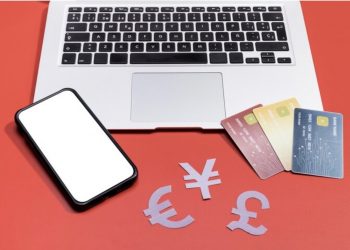The foreign exchange (forex) market is the largest financial market in the world, attracting millions of traders with the promise of quick profits and global accessibility. While the potential for success exists, the market is also a breeding ground for fraudulent activities. One of the most concerning threats for investors is the forex broker scam. These deceptive practices target both beginners and experienced traders, often leading to significant financial losses. Understanding how these scams work and recognizing the warning signs is crucial for protecting your hard-earned money.
What is a Forex Broker Scam?
A forex broker scam occurs when a so-called broker pretends to offer legitimate trading services but operates with the primary intention of stealing client funds. These fraudulent brokers often set up flashy websites, claim to be regulated, and promise unrealistic returns to lure investors. Once clients deposit their money, the broker may manipulate trades, block withdrawals, or disappear entirely.
Common Types of Forex Broker Scams
- Unregulated Brokers
Many scam brokers claim to be licensed but operate without proper regulation. They exploit loopholes and set up offshore entities, making it difficult for authorities to track or penalize them. - Withdrawal Issues
One of the most common complaints is the inability to withdraw funds. Fraudulent brokers impose unnecessary conditions, hidden fees, or simply ignore withdrawal requests. - Bonus Traps
Some brokers offer attractive deposit bonuses. However, these bonuses come with terms that make withdrawing profits nearly impossible unless unrealistic trading volumes are met. - Manipulated Platforms
Scammers may use fake trading platforms that display manipulated prices and charts. These platforms are designed to ensure that traders lose more often, keeping funds in the broker’s control. - Ponzi or Pyramid Schemes
Certain brokers focus less on trading and more on recruiting new investors. They pay old clients using funds from new deposits until the scheme collapses.
Red Flags to Watch Out For
- Promises of guaranteed profits or extremely high returns.
- Lack of transparency regarding regulation or licensing.
- Poorly designed websites filled with exaggerated claims.
- Aggressive sales tactics, including frequent phone calls and emails.
- Hidden fees and confusing terms of service.
- No verifiable reviews or an overwhelming number of negative complaints online.
How to Protect Yourself
- Verify Regulation
Always check whether a broker is licensed by recognized authorities such as the FCA (UK), ASIC (Australia), or CFTC (US). Regulatory websites allow you to confirm the legitimacy of a broker. - Research Before Depositing
Reading independent reviews from trusted sources can help you identify whether a broker has a history of complaints or suspicious activity. - Avoid Unrealistic Promises
If a broker guarantees profits, it is almost certainly a scam. Forex trading involves risk, and no legitimate firm can guarantee success. - Use Secure Payment Methods
Avoid brokers who demand cryptocurrency-only payments or shady money transfers. Secure methods like credit cards and bank transfers provide better consumer protection. - Start Small
If you are testing a new broker, start with a small deposit and attempt a withdrawal before committing more funds.
Final Thoughts
Forex broker scams are a growing threat in the digital financial world. While legitimate brokers do exist, fraudulent ones often prey on the excitement and inexperience of new traders. By staying informed, conducting thorough research, and being cautious of unrealistic promises, traders can minimize risks and safeguard their investments. Remember, if something sounds too good to be true in forex trading, it probably is.








